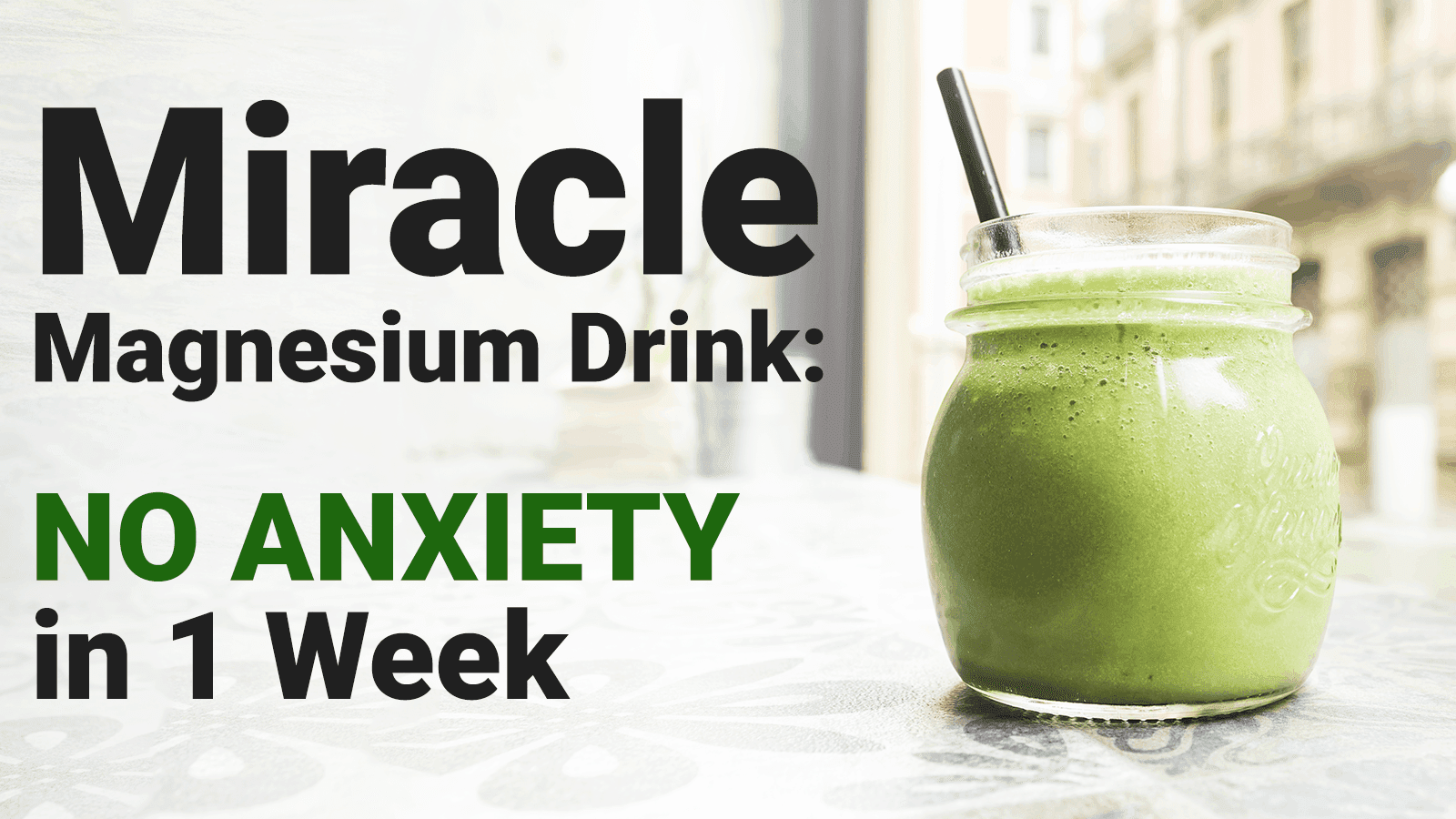If you do a Google search of the word “migraine,” you’ll find nearly 43 million results. 43 million. That’s a ridiculous number. But, then again, migraine is a lucrative condition for the world of medicine.
Per the The Journal of Headache and Pain, migraine is the third-leading most prevalent (widespread) and the seventh-leading cause of disability in the world.
Additionally, people spend nearly $2 billion (USD) on migraine prescription medication each year. Unsurprisingly, North America accounts for 40 percent of this total. The good news is that the demand for these drugs is declining. Moreover, the main reason for this decrease is the side effects.
The most commonly prescribed drug for migraine headaches, triptans, is associated with a barrage of side effects, including cognitive difficulties, dizziness, fatigue, heart palpitations, insomnia, muscle weakness, and nausea.
Also, there’s the issue of people not getting the right medication. Numerous studies have cited migraine drugs as some of the most misprescribed and over-prescribed drugs on the market.
Fortunately, there appears to be a shift in the collective consciousness. People are more open to alternative forms of treatment now than at any other time in history. Additionally, there is accumulating evidence that points to the effectiveness of treatments such as acupuncture, aromatherapy, meditation, and yoga, etc. in treating a variety of different conditions.
On such a note, here are 8 easy ways to relieve a migraine naturally:
“Migraine headache is a result of specific changes within the brain. It causes severe head pain that is often accompanied by sensitivity to light, sound, or smells.” – Danette C. Taylor, DO, MS, FACN
-
Acupressure
According to one meta-analysis study spanning 15 years, acupressure is deemed an effective alternative treatment for various ailments, including chronic headache. Other conditions for which this holds true include labor pain, lower back pain, and pains related to menstruation.
Acupressure is similar to acupuncture in the sense that treatment focuses on the meridians (energy centers) of the body. However, as its name implies, pressure is used instead of needles.
-
Ginger
Ginger is one of the most powerful spices in existence. Containing many nutrients, ginger works in part by blocking the release of prostaglandins, a bodily substance known to induce bouts of inflammation.
-
Ice
While perhaps an overly-simplistic solution, ice is one of the best natural inflammation fighters. Ice is also excellent as a quick pain reliever. First, get a sealed plastic baggie. Then put in a couple of handfuls of ice cubes. Finally, apply it to the affected area and feel your pain dissipate.
-
Lavender oil
Don’t let the incredibly pleasing aroma of lavender fool you. This potent essential oil is more than capable as a natural cure for tension and pain relief. The lavender essential oil can be applied to skin or diffused through the air and inhaled. Some research shows that the scent also helps dilate the blood vessels, normalize serotonin levels, reduce inflammation, decrease anxiety and stress, and promote sleep.
-
Massage therapy
Various massaging techniques have proven effective in decreasing the number of migraines in migraine patients. Such massage techniques include:
- Craniosacral therapy
- Deep tissue massage
- Lymphatic massage
- Reflexology
- Rolfing
- Shiatsu massage
- Swedish massage
-
Magnesium
Get this: the regular intake of magnesium can reduce the frequency of migraine attacks by as much as 42 percent! Involved in more than 300 biochemical reactions within the body, “Mg” promotes a healthy immune system, maintains muscle and nerve function, keeps the bones strong, aiding heart health, and regulates blood sugar levels.
Excellent food sources of magnesium include almonds, Brazil nuts, cashews, eggs, milk, oatmeal, sunflower seeds, and peanut butter.
-
Peppermint oil
Applying peppermint oil around the temples or the neck area may help relieve migraine headaches. This essential oil is also proven as an effective natural therapy for anxiety, nausea, and tension. In addition, some people report that the regular application of peppermint oil may even help to prevent migraine attacks from reoccurring.
-
Yoga
The more time that passes, the more we continue to hear about the benefits of yoga and other meditative practices. A 2015 study found that three months of yoga brought about “a significant reduction in the impact of headache on patients’ lives, headache frequency, and severity.”
Yoga postures that may help more than others for migraine pain: bridge pose, cat stretch, child pose, downward-facing dog, and standing forward bend.

















